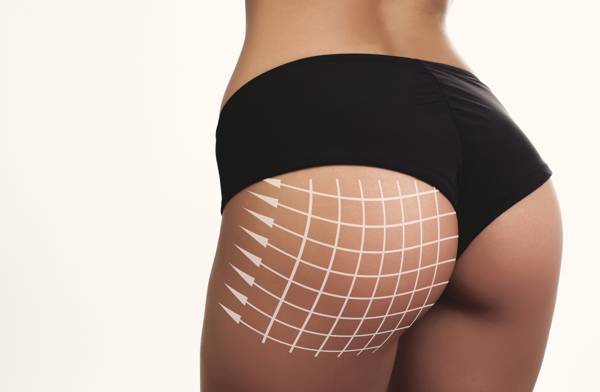
It usually begins with what time and weight loss leave behind
You’ve lost weight. You’ve aged. You’ve lived. And now your skin doesn’t sit the way it used to. It sags. It folds. It hides the shape you remember having. Or the one you never quite saw—but always imagined. That’s when a buttock lift becomes more than cosmetic. It becomes personal.
Good candidates aren’t chasing trends. They’re chasing restoration. They’ve put in the work. They’ve changed their habits. But the skin didn’t get the message. It stayed behind. Loose. Wrinkled. Resistant to exercise. A surgical lift removes that. It tightens. It smooths. It shapes what’s left.
This isn’t about adding. It’s about revealing. And it starts with wanting your body to reflect the work you’ve already done.
You’ve reached a stable weight—and you plan to stay there
Stability matters. More than size. If your weight is still changing, surgery should wait. Because every pound gained or lost reshapes your result. A buttock lift is designed for permanence. But it depends on your commitment.
If you’re done losing. If you’re not planning to gain. If your BMI is in a safe range. Then your body is likely ready. It’s not about perfection. It’s about consistency. The results won’t last if your weight doesn’t.
Surgeons look for patients who are steady. In their weight. In their lifestyle. In their expectations. That steadiness shapes better healing—and better outcomes.
Skin quality—not just size—determines candidacy
Even thin people can have sagging. Even full figures can have loose skin. It’s not about how much you weigh. It’s about how your skin responds. Has it lost elasticity? Does it fold in ways that exercise can’t fix? Does it hang?
If the answer is yes, and it bothers you daily, then lifting may help. The surgery removes skin. Not just a little. Enough to make a visible change. Enough to tighten the entire lower body line.
Skin that won’t bounce back on its own needs support. That’s what a buttock lift gives.
You’re in good general health—and ready for surgery
This is more than a surface change. It’s a real operation. It requires anesthesia. Time. Recovery. So your body needs to be ready. No uncontrolled diabetes. No untreated heart conditions. No smoking. At least not recently.
Good candidates don’t just want it—they’re ready for it. Their labs are clear. Their vitals are stable. Their doctor agrees. This reduces risk. Speeds healing. Makes complications less likely.
If you’re not there yet, that’s okay. It means preparing. Adjusting. Working toward readiness—not rushing.
You understand the scars—and accept them
A buttock lift leaves a scar. Sometimes hidden in underwear lines. Sometimes longer. But always there. If you’re expecting invisible change, this isn’t the surgery for you.
Good candidates understand the tradeoff. Shape for scars. Contour for closure. The scar fades. The results stay. But only if you’re willing to see both as part of the process.
If the idea of scarring feels bigger than the problem you’re trying to fix, then it may not be time. But if the skin bothers you more than a scar would, you’re likely ready.
You’re looking for lift—not volume
This isn’t a BBL. It’s not fat grafting. It’s not about bigger. It’s about higher. Tighter. Cleaner lines. If you want projection, volume, or roundness, this may not give you what you want—at least not alone.
Some combine a lift with fat transfer. Or implants. But lifting is the first step. The foundation. Without it, volume has nowhere to rest.
The best candidates are those who want firmness more than fullness. Who want contour more than curves. Who are chasing silhouette—not size.
You’ve healed from prior surgeries or pregnancies
Surgery is stress. On tissue. On healing. On recovery. If you’ve had a recent procedure—or a baby—your body needs time. Six months minimum. Sometimes more. Let your hormones stabilize. Let your skin adjust. Let your scars fade.
A buttock lift is safest when the body isn’t healing from something else. It should be the main focus—not one more thing your system is trying to recover from.
Good candidates are ready inside and out. Not just emotionally, but physically. No rushing. No stacking surgeries just to save time.
You’re mentally prepared for the process
Recovery isn’t glamorous. You’ll be sore. Tired. Restricted. No sitting normally. No sleeping on your back. Drains may be placed. Compression garments worn. You’ll need support. You’ll need patience.
Good candidates aren’t just excited—they’re informed. They’ve asked questions. Read materials. Talked to others. They’re not chasing quick fixes. They understand the before, the after, and the in-between.
And they know that healing happens slowly. Quietly. Over weeks and months.
You’ve talked to a board-certified plastic surgeon
This part matters. Because the internet can’t tell you everything. Your body needs to be seen. Measured. Evaluated. A surgeon can tell if your goals match your options. If your health matches the risk. If the procedure you want is the one you actually need.
A good candidate doesn’t guess—they ask. They listen. They make decisions based on facts, not hope. That’s what leads to safer outcomes. And longer-lasting results.
